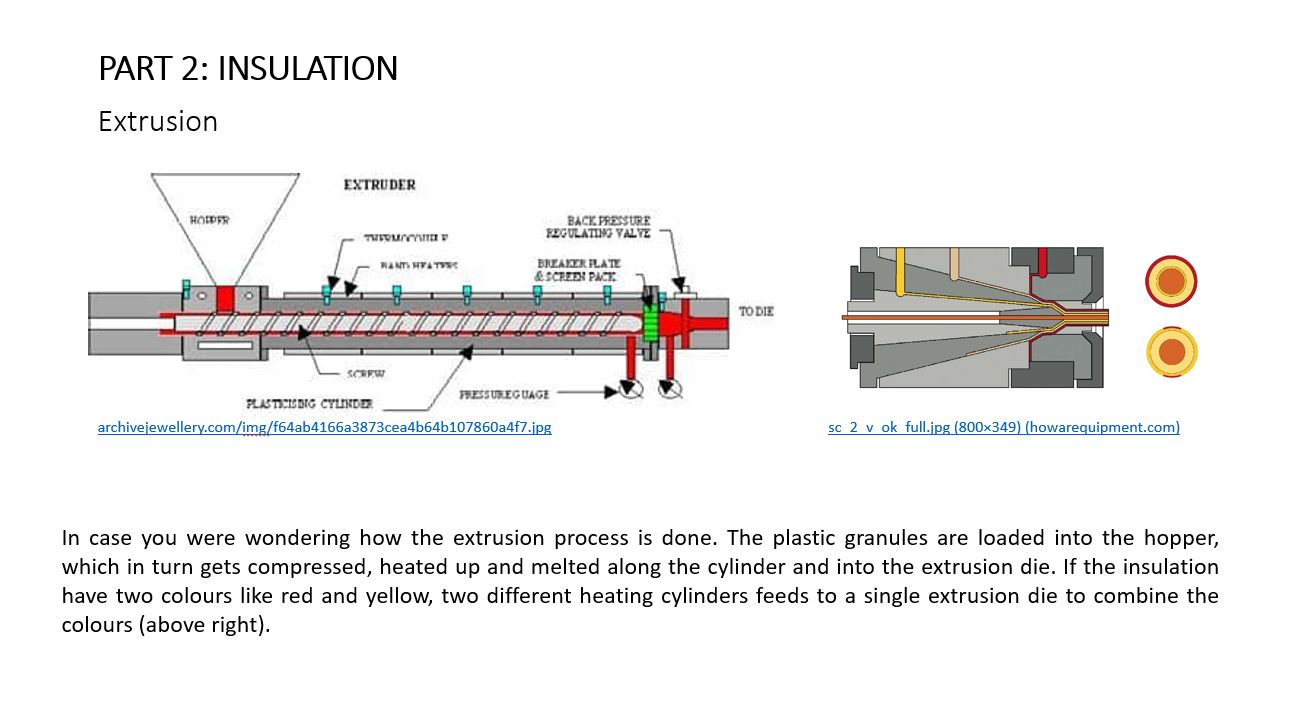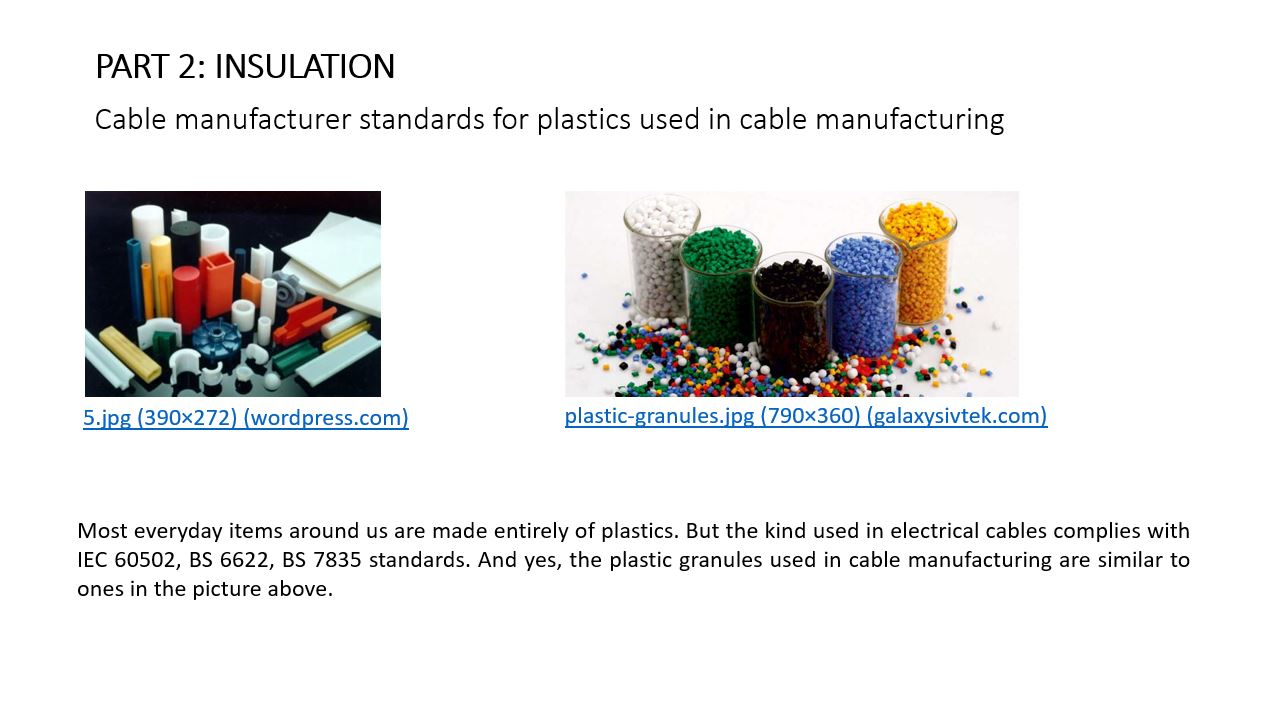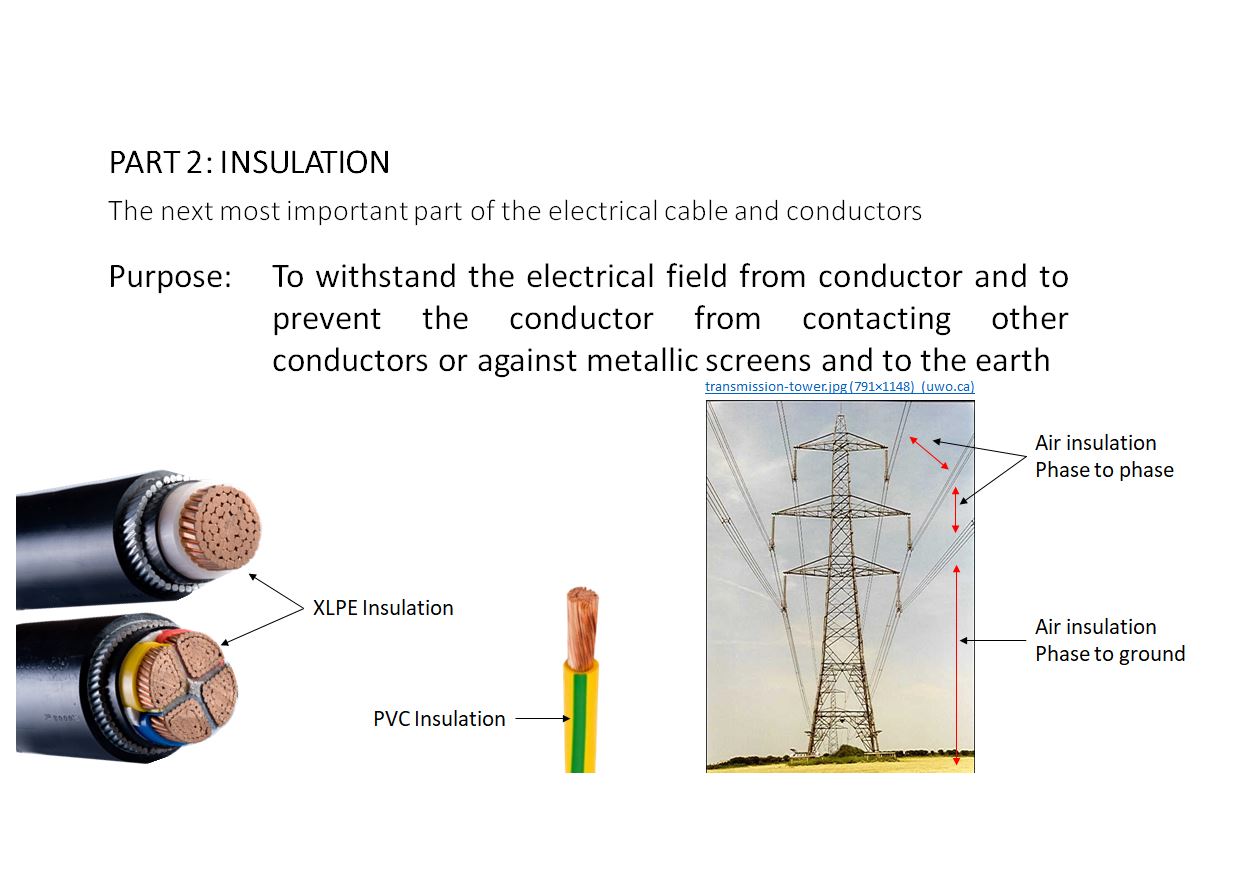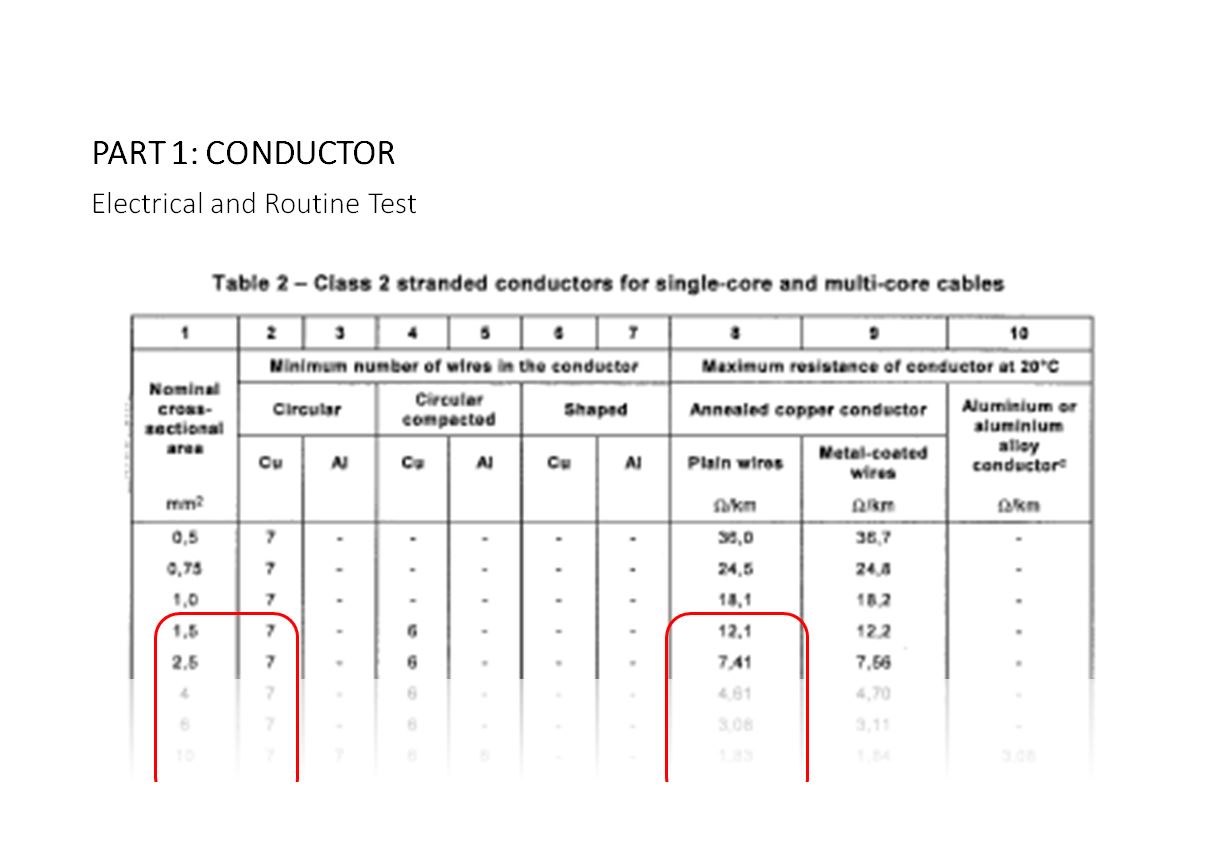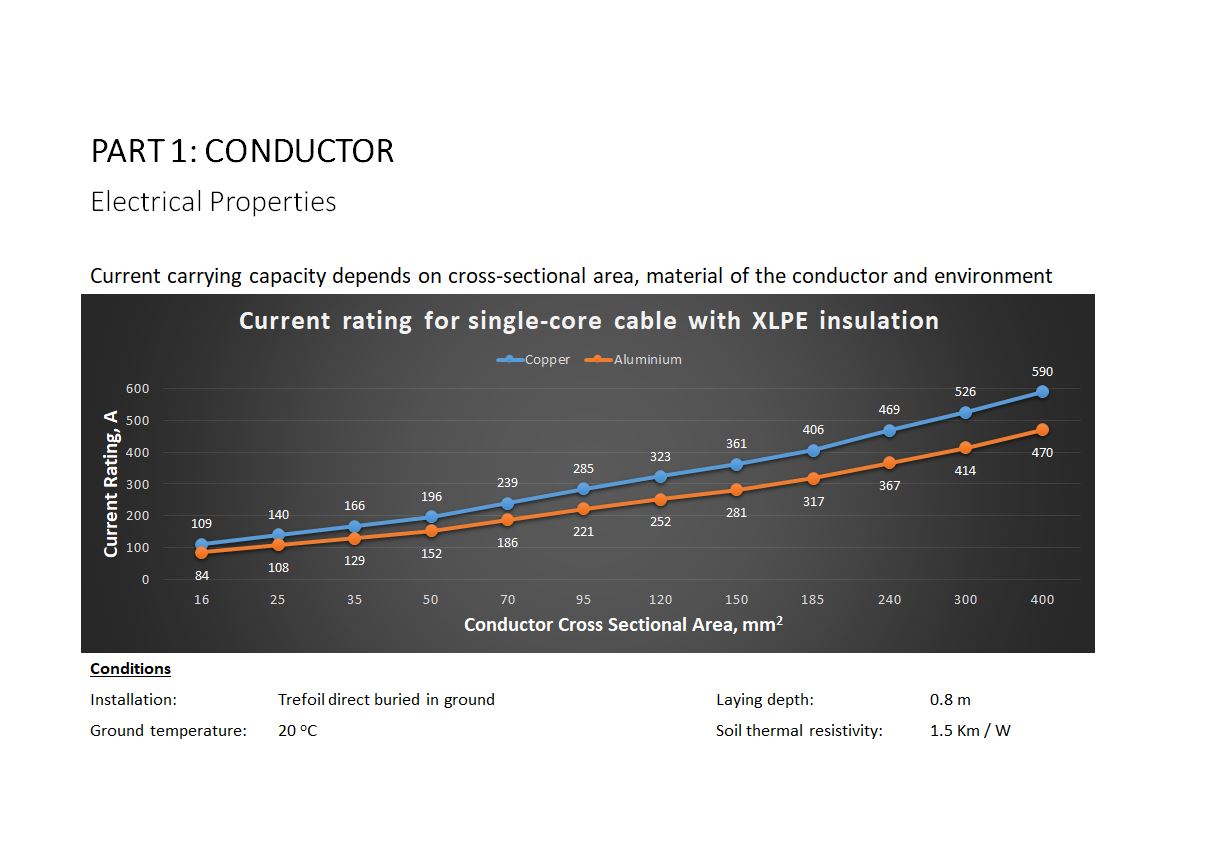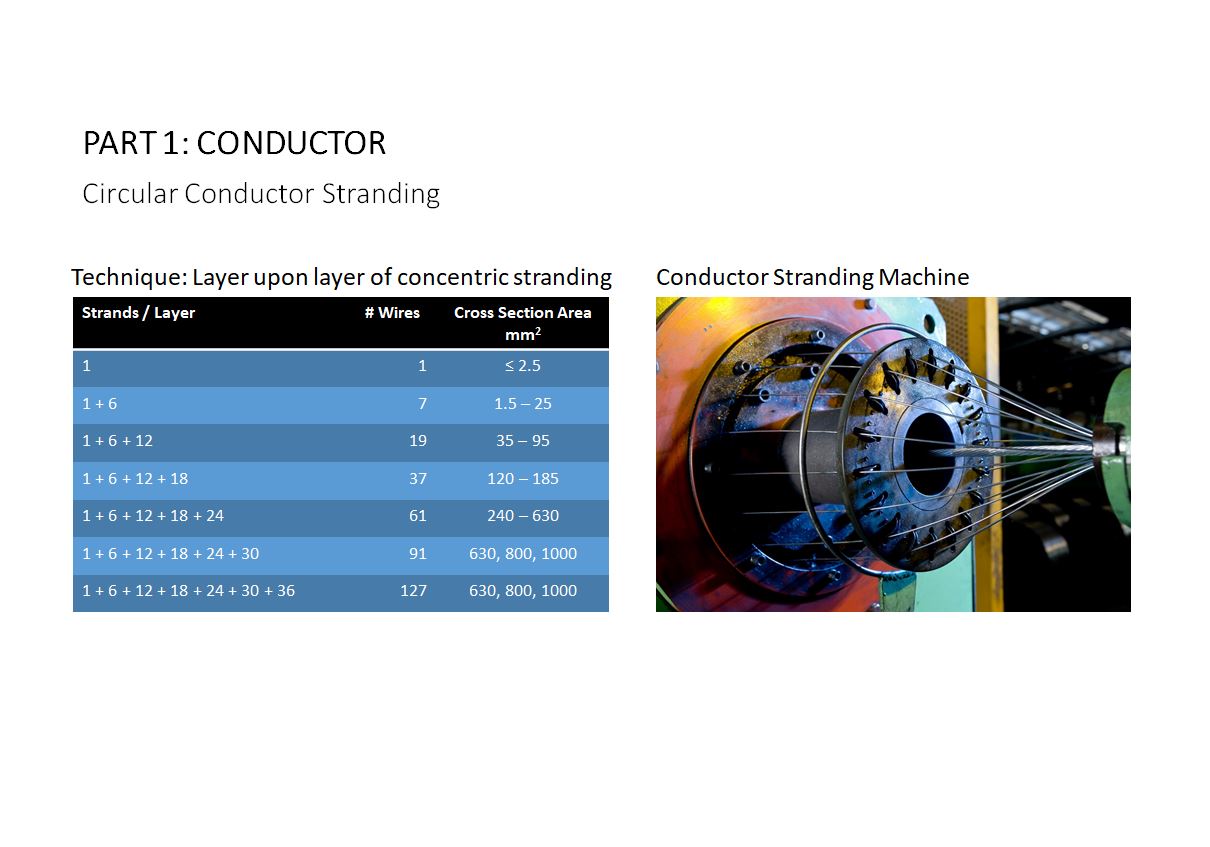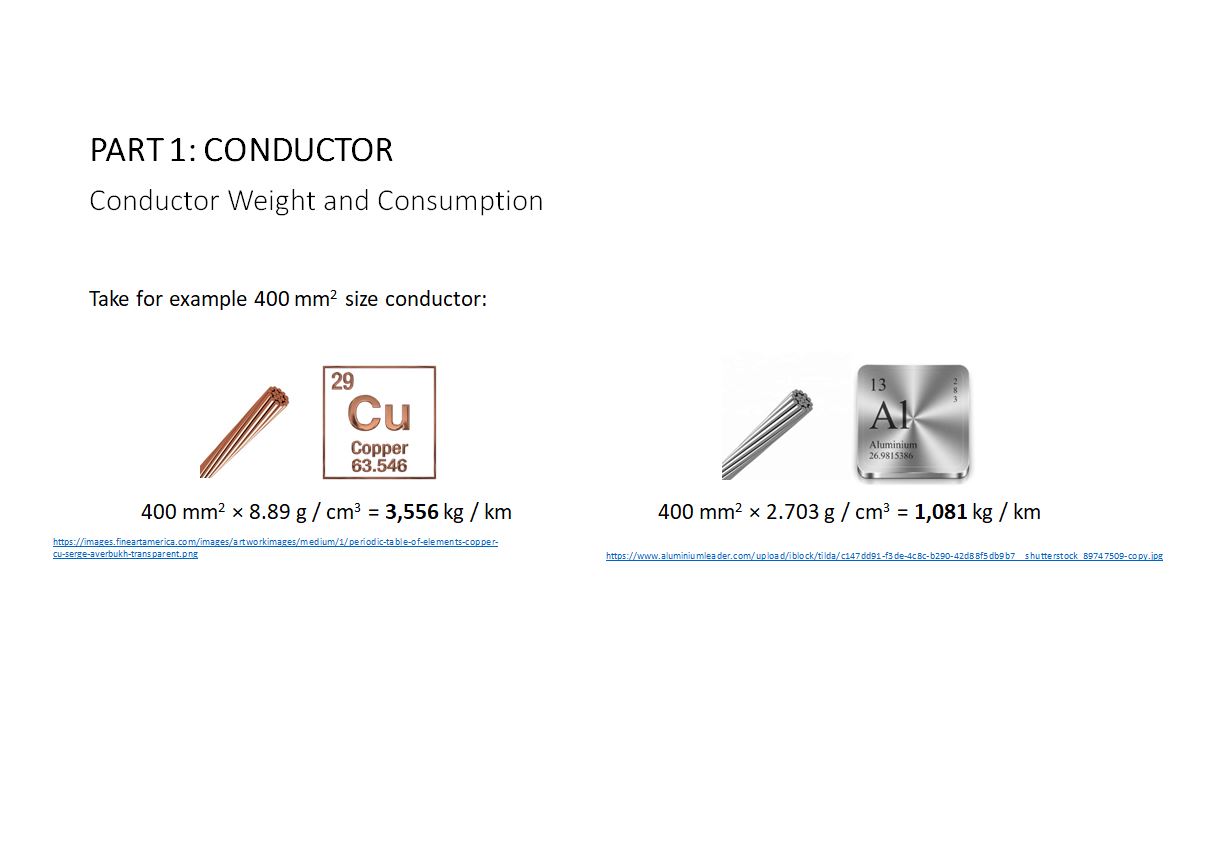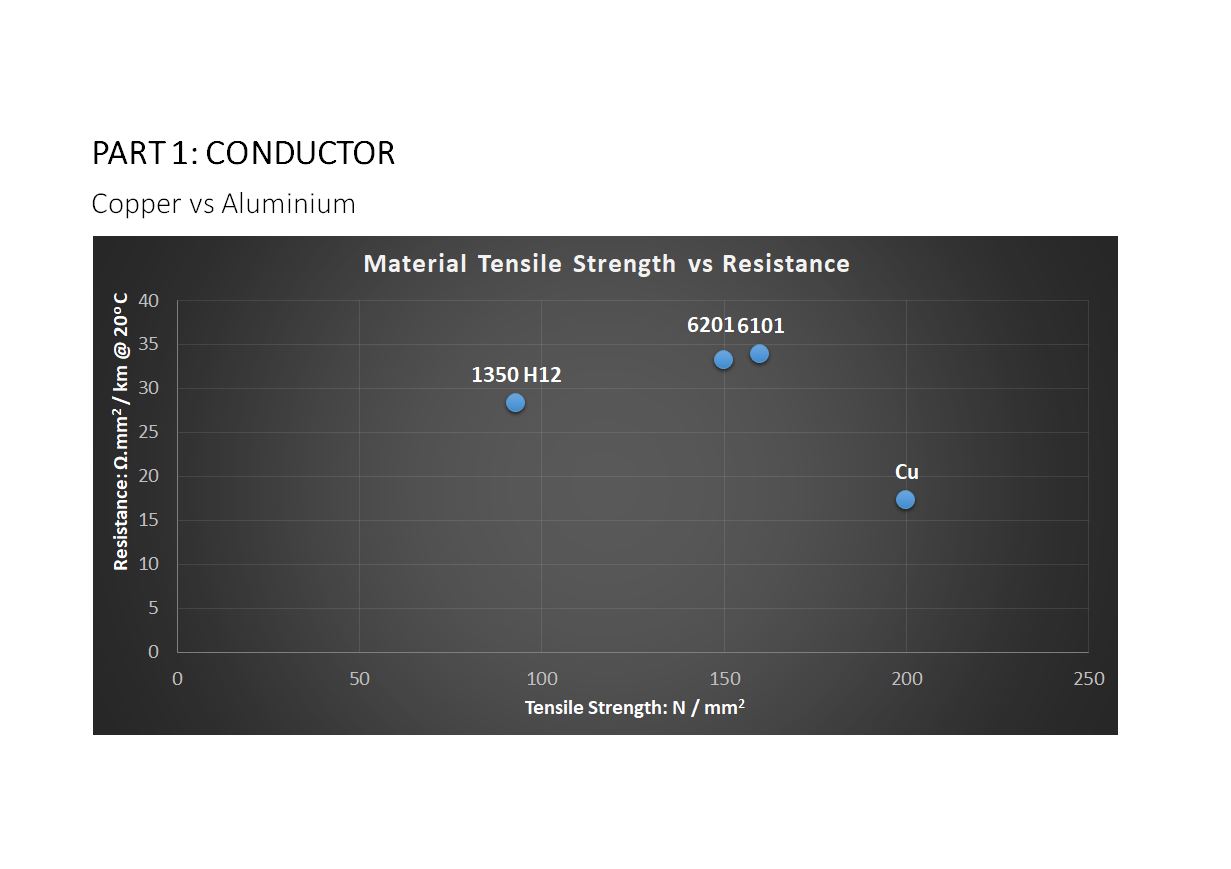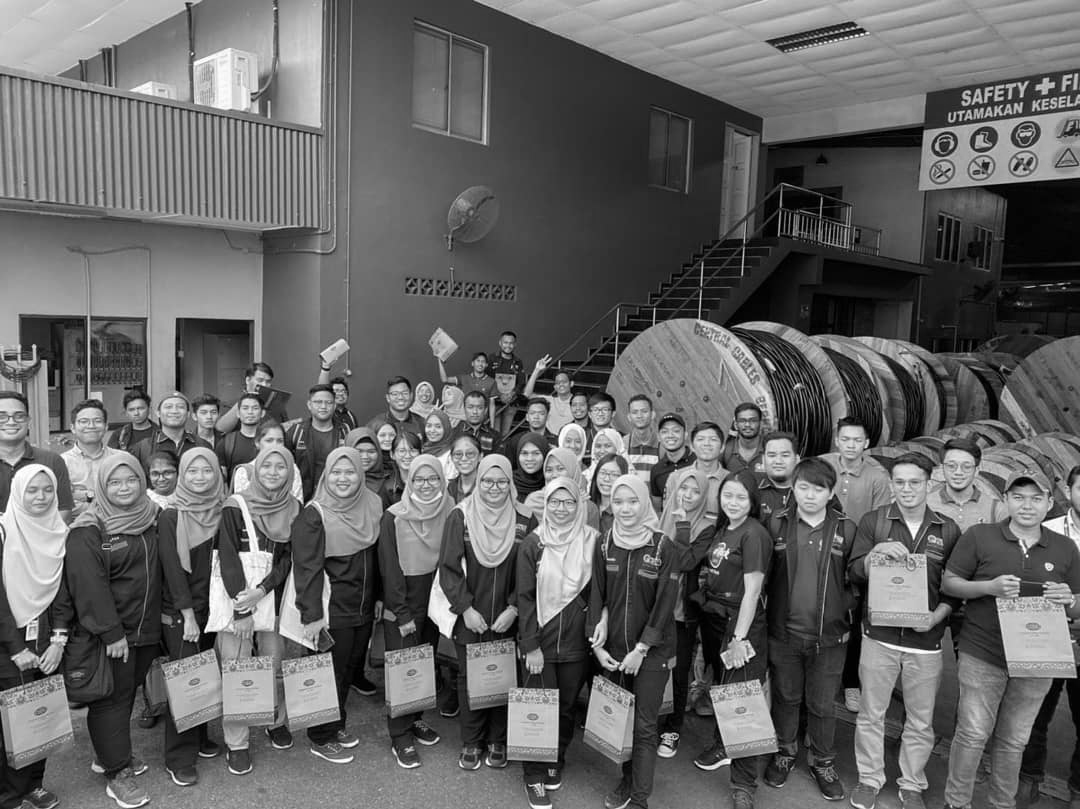
Batch 1.0 bagi program “Knowledge Sharing” bersama pelajar-pelajar Fakulti Kejuruteraan Elektrik, UTeM Melaka
9 Mar 2020 | Central Cables Berhad Batch 1.0 bagi program “Knowledge Sharing” bersama pelajar-pelajar Fakulti Kejuruteraan Elektrik, UTeM Melaka. Selaras dengan slogan Central Cables “Central to Nation’s Growth”, program ini bertujuan untuk berkongsi ilmu bersama pelajar-pelajar IPTA/IPTS tentang kabel kuasa. 13,877 total views
13,877 total views

